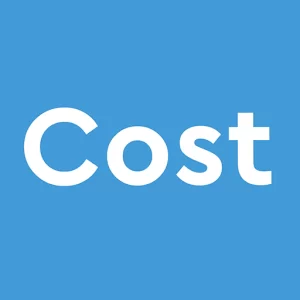Ever wondered how construction giants manage to keep projects afloat financially? A huge part of the secret lies in adept cash flow projection. Let’s dive into how this financial forecasting plays a pivotal role in ensuring construction projects remain profitable and operationally viable.
Understanding Cash Flow Dynamics in Construction
In construction, cash flow isn’t just about monitoring pounds and pence; it’s about strategic foresight. It involves understanding the inflow and outflow of funds to keep projects running smoothly. Think of it as keeping the financial gears of a project well-oiled!
Key Benefits of Cash Flow Projection
Employing detailed cash flow projections helps avoid issues like underfunding or resource misallocation. This foresight doesn’t just keep your project within safe financial zones but also allows you to plan ahead strategically, helping project managers anticipate financial needs and prepare accordingly.
What Could Go Wrong? Risks of Underestimating and Overestimating
- Underestimating: Can delay payments to suppliers or subcontractors, straining relationships and causing project delays.
- Overestimating: Leads to excess unused funds, increasing unnecessary costs and reducing financial efficiency.
The Cash Flow Life Cycle in Construction
Understanding the cyclical nature of cash flow during different project phases enhances management strategies. Here’s a breakdown:
From Start to Finish: The 4 Phases of Project Cash Flow
- Initial Phase: Planning and resource mobilisation with moderate cash outflow.
- Active Construction Phase: Cash flow peaks as construction activities intensify.
- Construction Completion: Gradual reduction in cash flow as the project wraps up.
- Post-Construction: Minor follow-ups and adjustments, involving minimal cash flow.
How to Forecast and Manage Cash Flow
Creating an accurate cash flow forecast involves aligning budget data with the project timeline:
Steps to Build an Effective Cash Flow Projection
- Project Budget: Begin by defining the full financial scope of the project.
- Track Expenditures to Date: Record all actual expenditures incurred so far.
- Forecast Costs to Completion: Subtract expenditures from the total budget to estimate future expenses.
- Allocate Costs: Spread projected costs across the remaining project timeline.
- Utilise Scheduling Curves: Use forecast curves to predict and manage cash outflows over time.
Best Practices for Cash Flow Projection Reports
-
- Engage budget and scheduling experts for precision.
- Regularly update forecasts to match project dynamics.
- Use integrated project management tools for accuracy and efficiency.
- Monitor variances between forecasted and actual figures to adjust projections promptly.
Conclusion
Mastering cash flow projections in construction stabilises financial operations and ensures that project milestones are met with financial certainty. This powerful tool, when applied effectively, can determine the success or failure of a project. Ready to enhance your project’s financial predictability?
Frequently Asked Questions
1. What is cash flow projection in construction?
It’s a financial tool used to forecast cash inflows and outflows throughout a construction project’s life.
2. Why is cash flow projection crucial in construction?
It helps prevent financial overruns, ensures timely payments to subcontractors, and manages resource allocation effectively.
3. How does underestimating affect construction projects?
Underestimating can delay payments, harm contractor relationships, and potentially halt construction activities.
4. What issues arise from overestimating cash flow?
Overestimating can tie up funds unnecessarily, leading to higher capital costs and inefficiencies in financial management.
5. How often should cash flow projections be updated?
They should be updated regularly, ideally in line with project progress or when significant changes occur.











